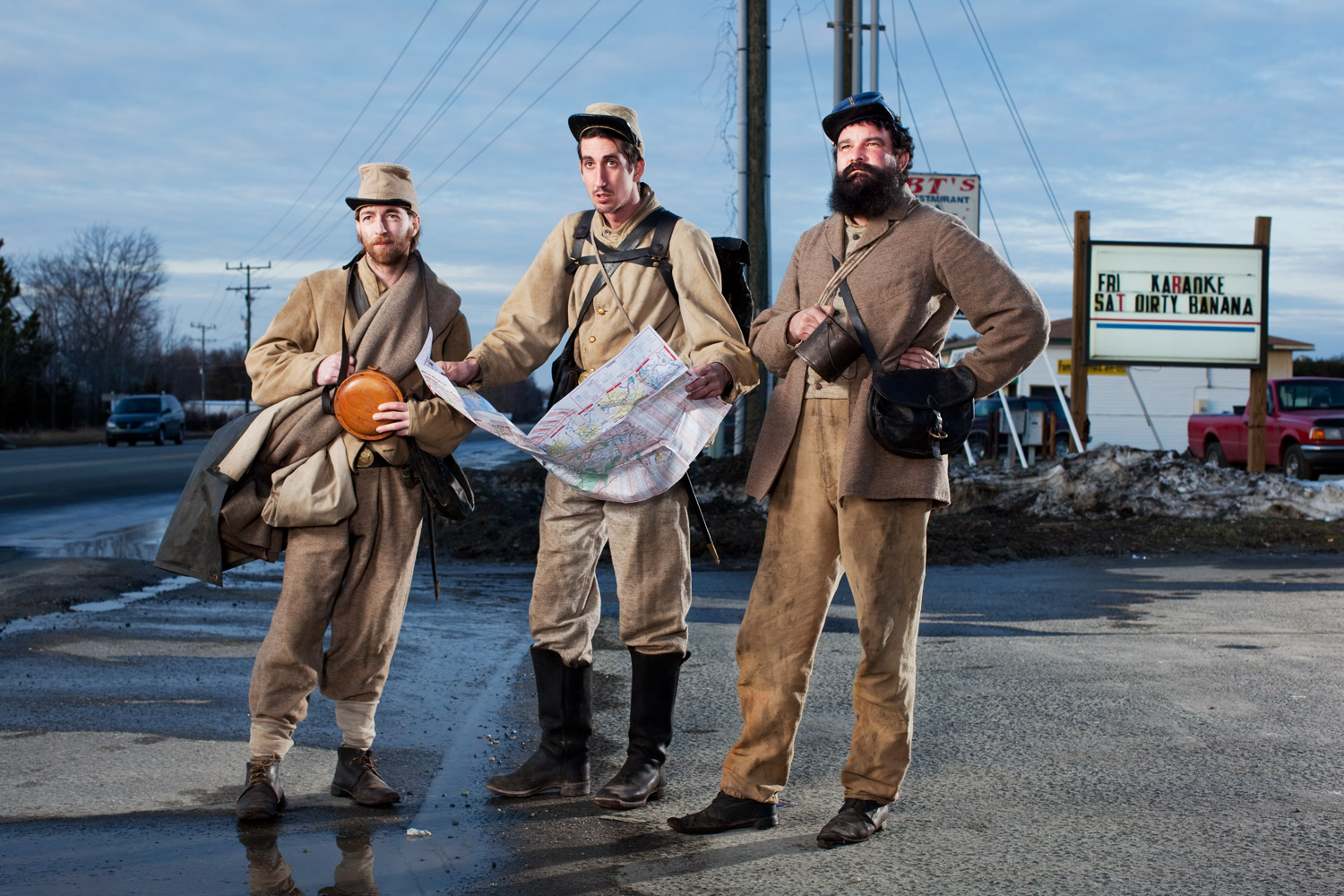
To create these pictures, photographer Gregg Segal collaborated with Civil War re-enactors to construct scenes at historic battle sites that have been compromised by modern development.
“The past is never dead,” wrote William Faulkner of Oxford, Mississippi. “It’s not even past.” In Europe, they know this. Modern apartment buildings in Rome are built on Renaissance foundations that in turn contain bits of ruins that are thousands of years old. In Germany it’s not unusual for a work site to shut down suddenly, or for a neighborhood to be evacuated, after the discovery of an unexploded bomb from World War II.
Americans, though, have always focused more on making the history of tomorrow, rather than remembering the history of long ago. And so, 150 years after the Civil War, many of the fields on which soldiers bled and died are nearly forgotten, buried beneath parking lots and subdivisions and interstate highways. Yet, at the same time, the wounds of that terrible war have never fully gone away. They live on in the mental terrain even as they are wiped from the physical landscape.
Photographer Gregg Segal decided in 2009 to try to bring the ghosts of the war back to the places they once inhabited so fearsomely. Working with the renowned re-enactor Robert Hodge and his colleagues, Segal identified battlefields from Gettysburg to Nashville, Cedar Creek to Atlanta. Places where the mundane humdrum of today covers ground that was once, to borrow a phrase from historian Stephen W. Sears, “landscape turned red.”
“State of the Union is a juxtaposition of two contrastive eras,” Segal says of the finished project, “an idealized Civil War embodied by period re-enactors vs. the commercialism of contemporary life.”
“I wanted locations where actual Civil War battles had taken place — and that were now part of the commercial world,” Segal continues. “Rob was very familiar with just such locations as he’s been fighting for years to preserve battlefield land from development.”
The images, which are first of all very inviting with their bold color and dramatic lighting, pack a complex wallop. At first they are funny—proving the theory that humor arises from the unexpected collision of jarring frames of reference. But deeper lies a strong poignancy. These ancestors are all around us, if only we could see them. And what do they think of us, and of what we’ve done with the world they passed along?
These pictures ask us to remember that it happened right here—right where our car slowly drips transmission fluid onto the vast parking lot outside Staples, or where we stand and drink a beer with the neighbors while steaks sizzle on the shiny new gas grill and kids thumb their new Xbox controllers in the basement. And they tell us it could never happen again. We’re too busy shopping.
Text by David Von Drehle
See TIME’s commemorative hardcover book The Civil War: An Illustrated History.
See the unabridged electronic version of TIME’s cover story, “Why They Fought,” available exclusively on Amazon.com as a Kindle Single.
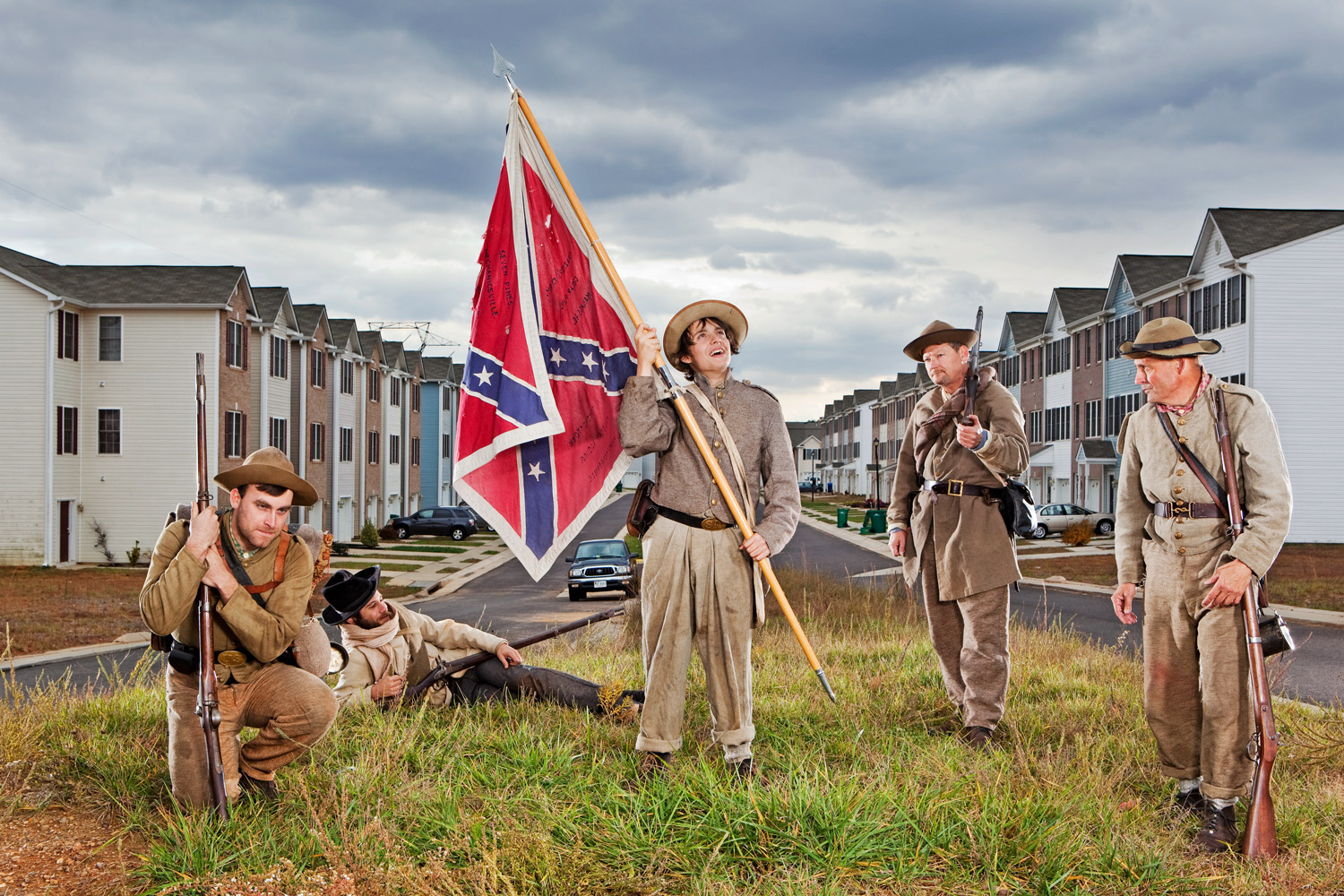

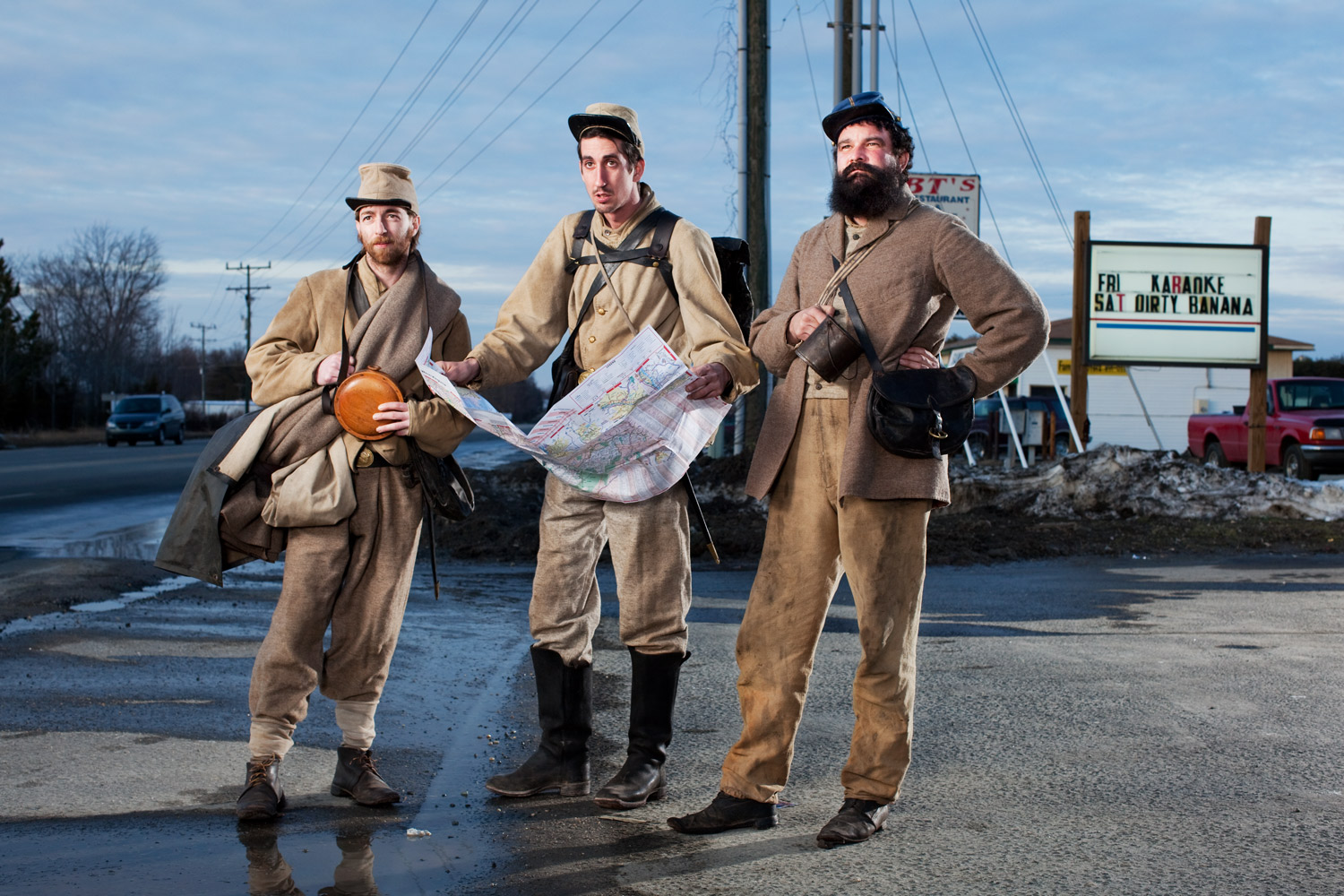
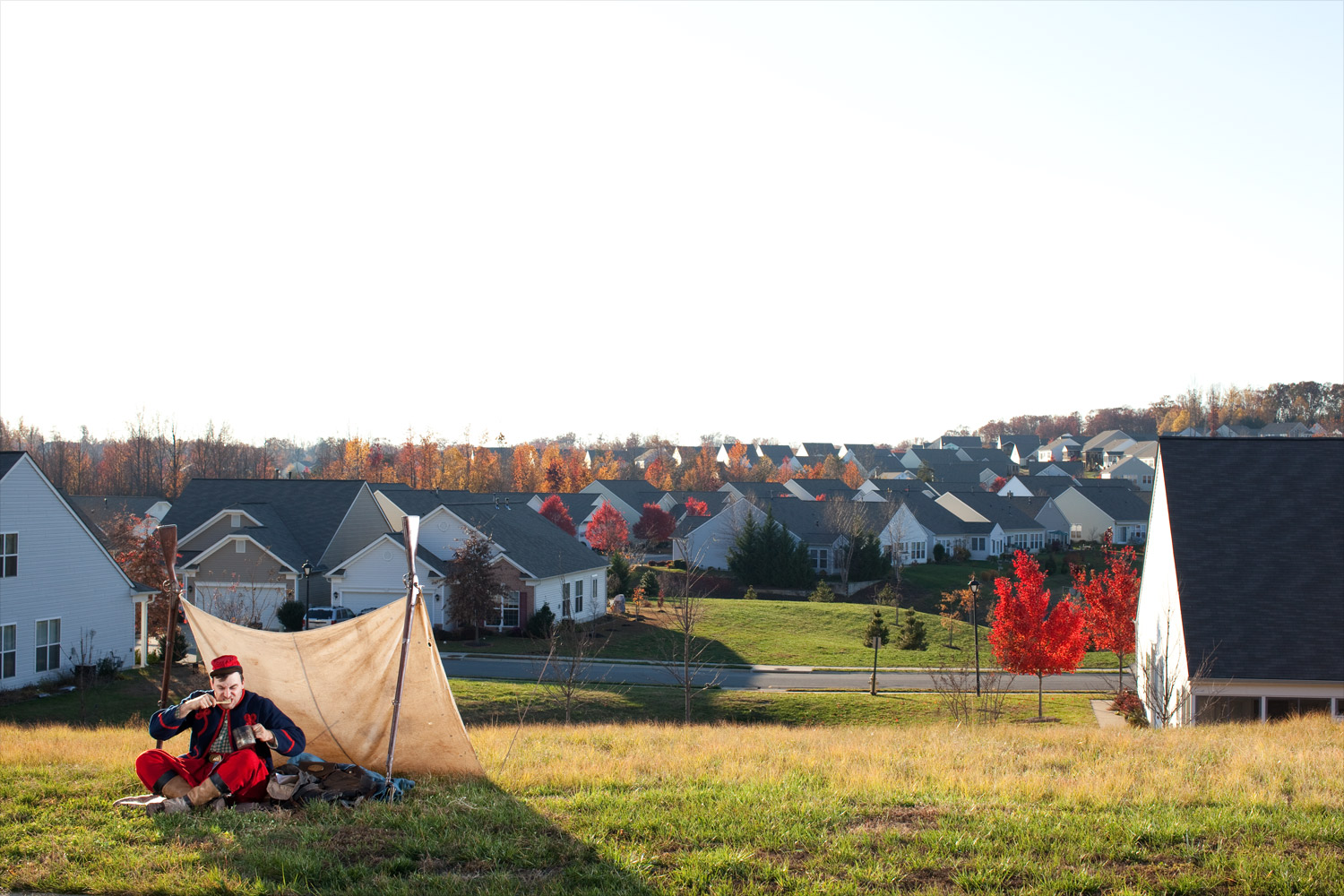
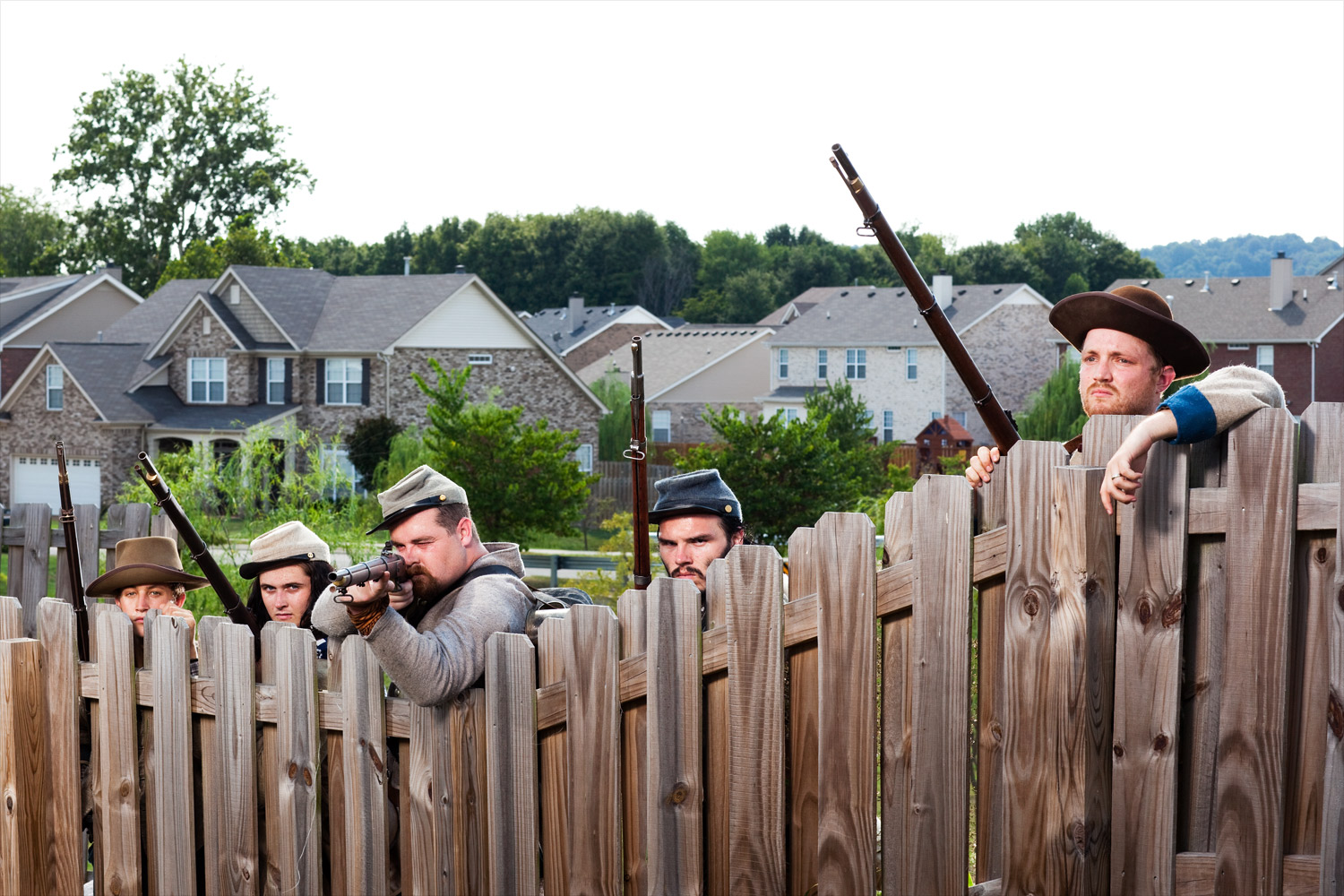


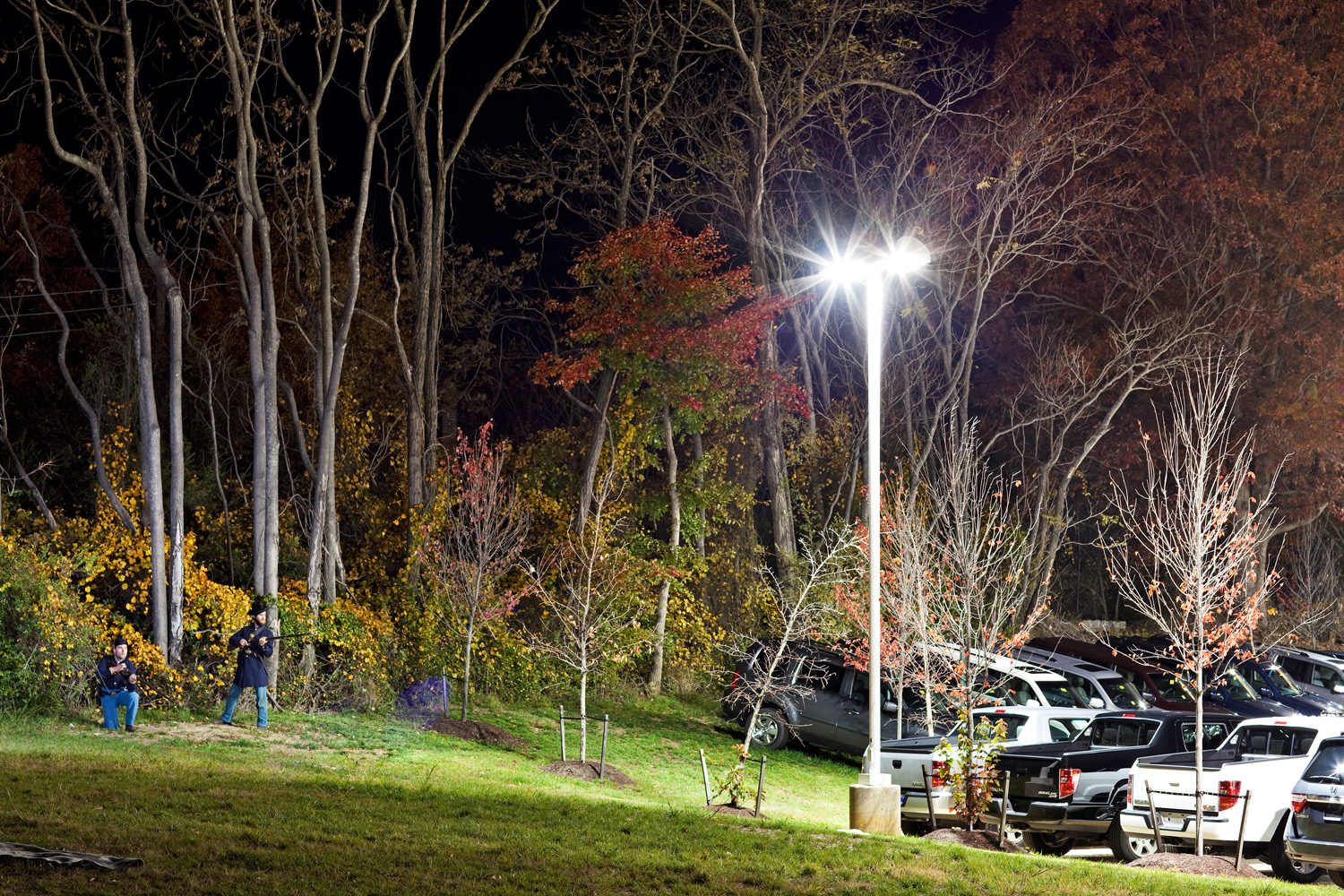
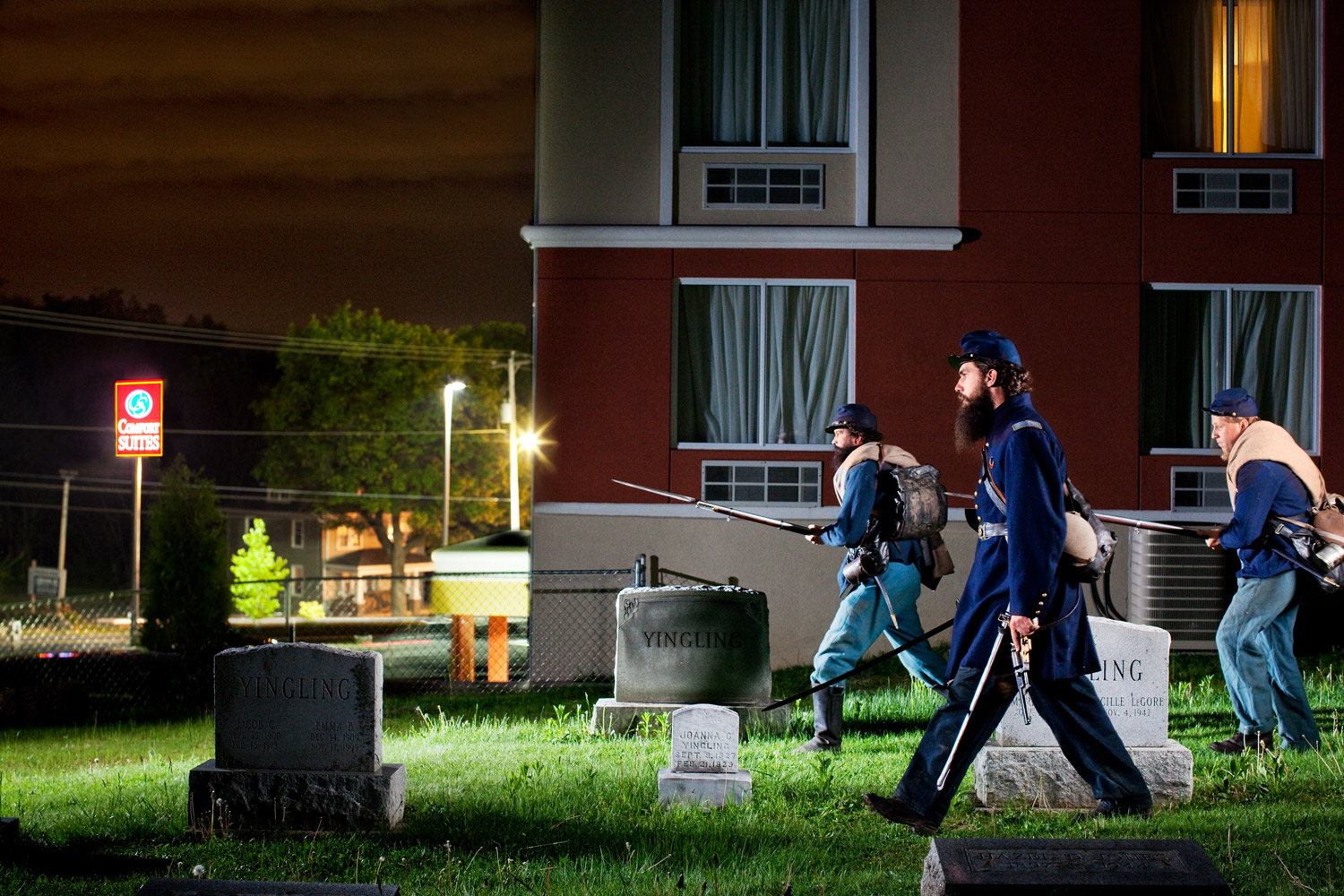
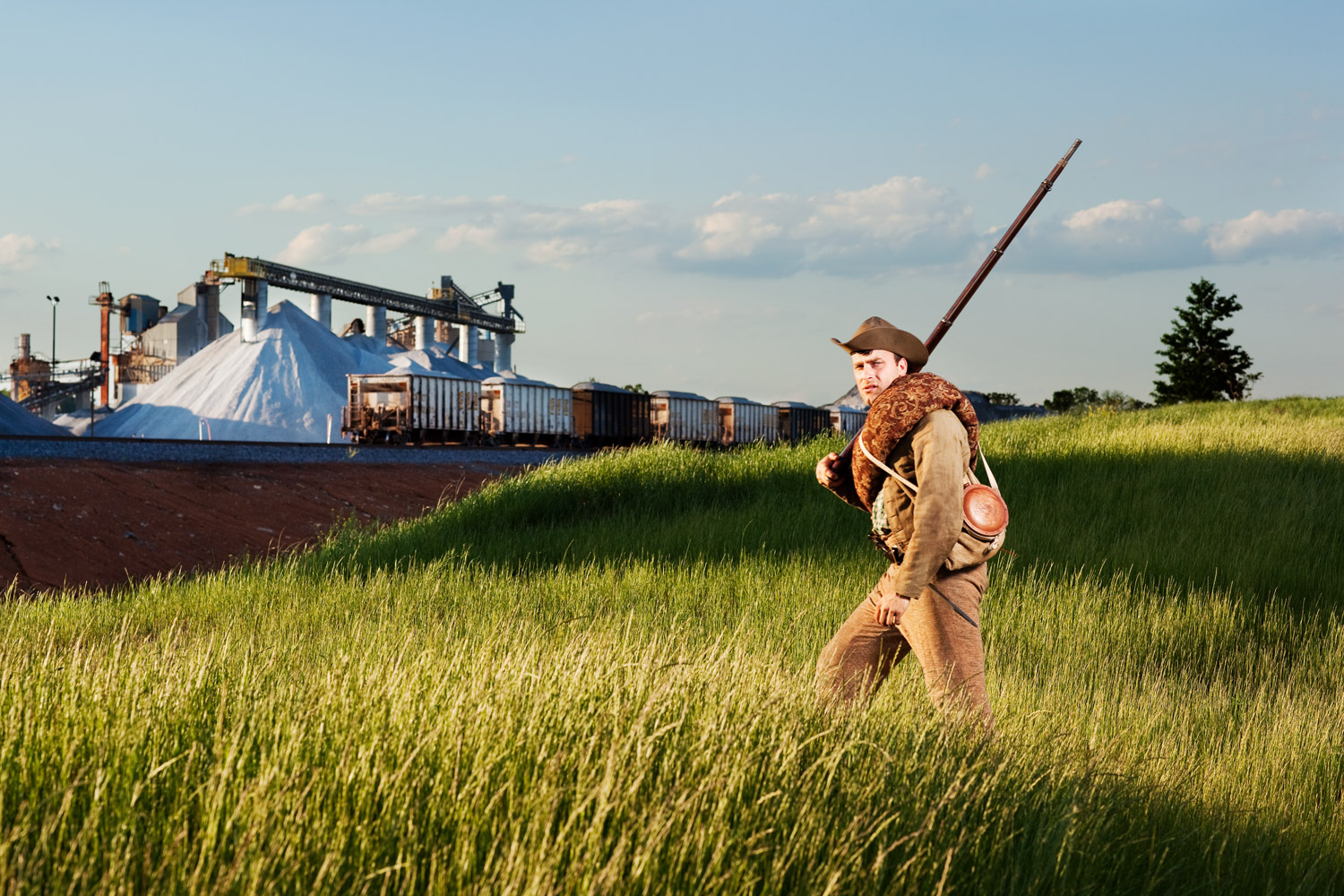


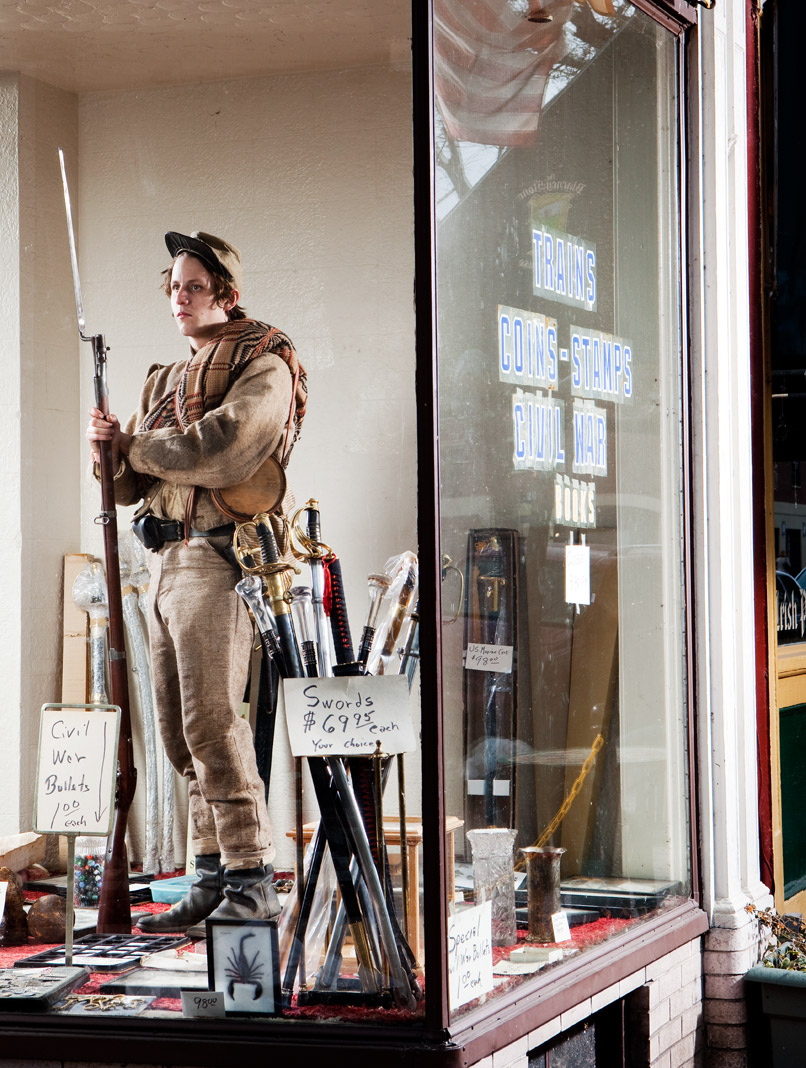
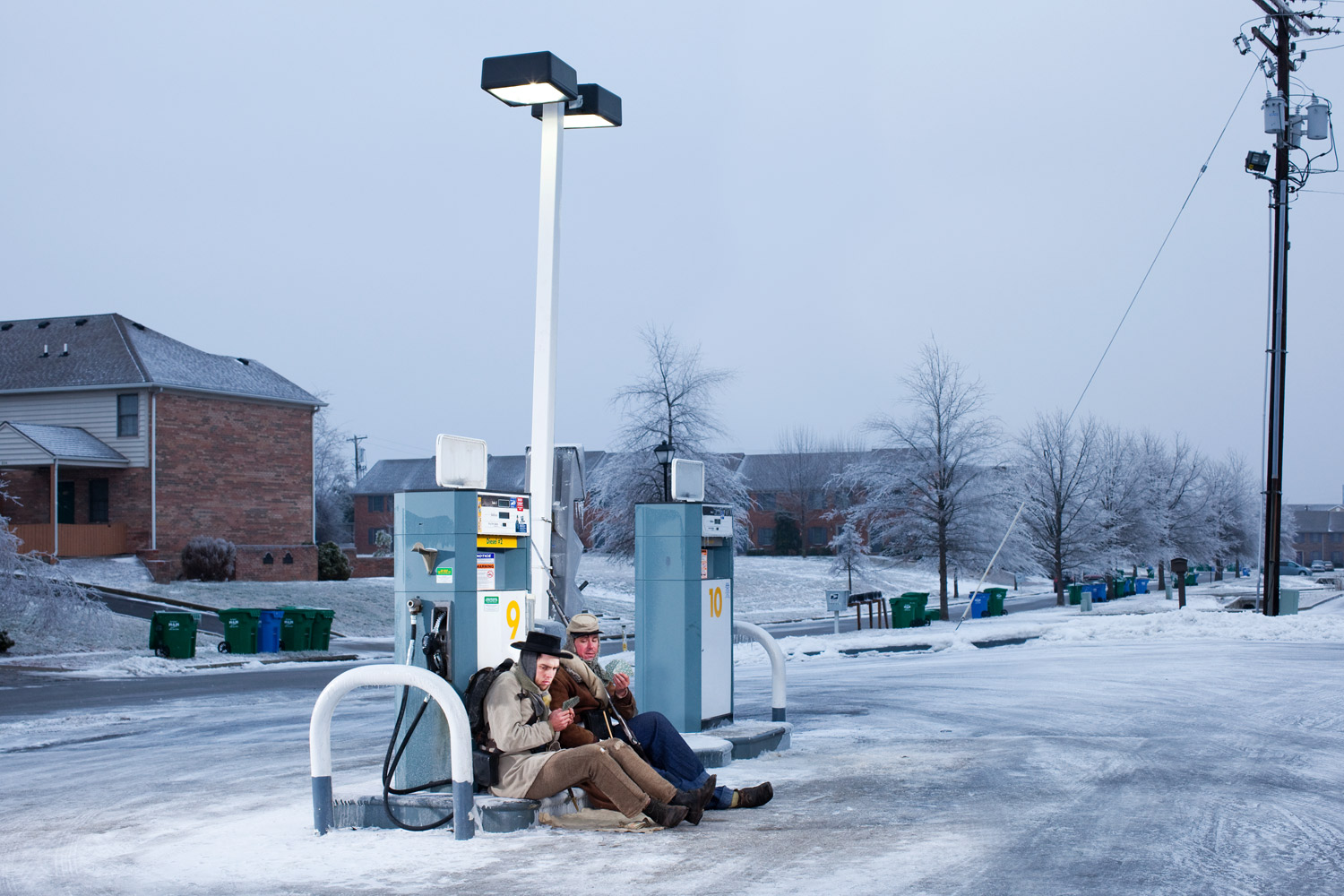
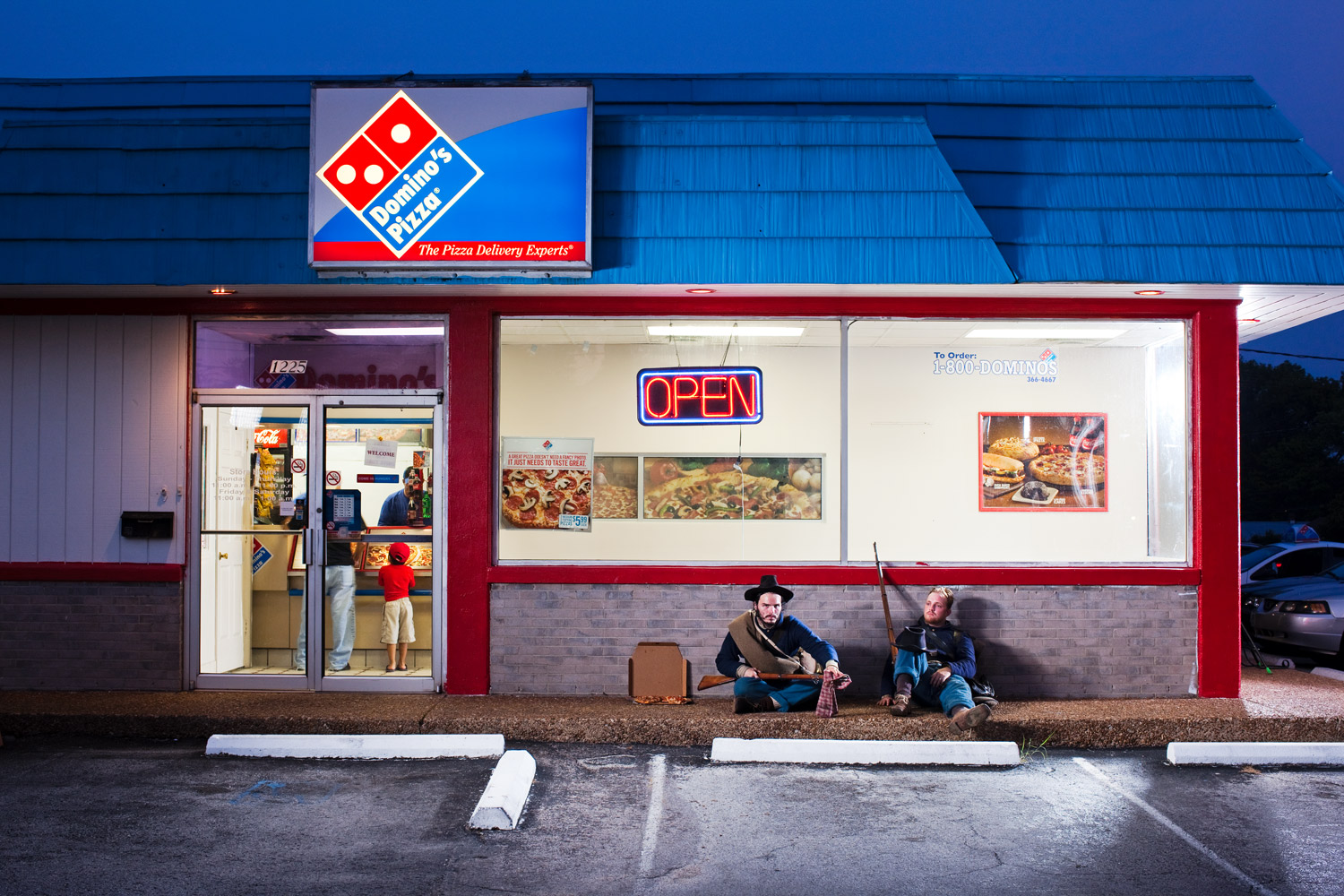
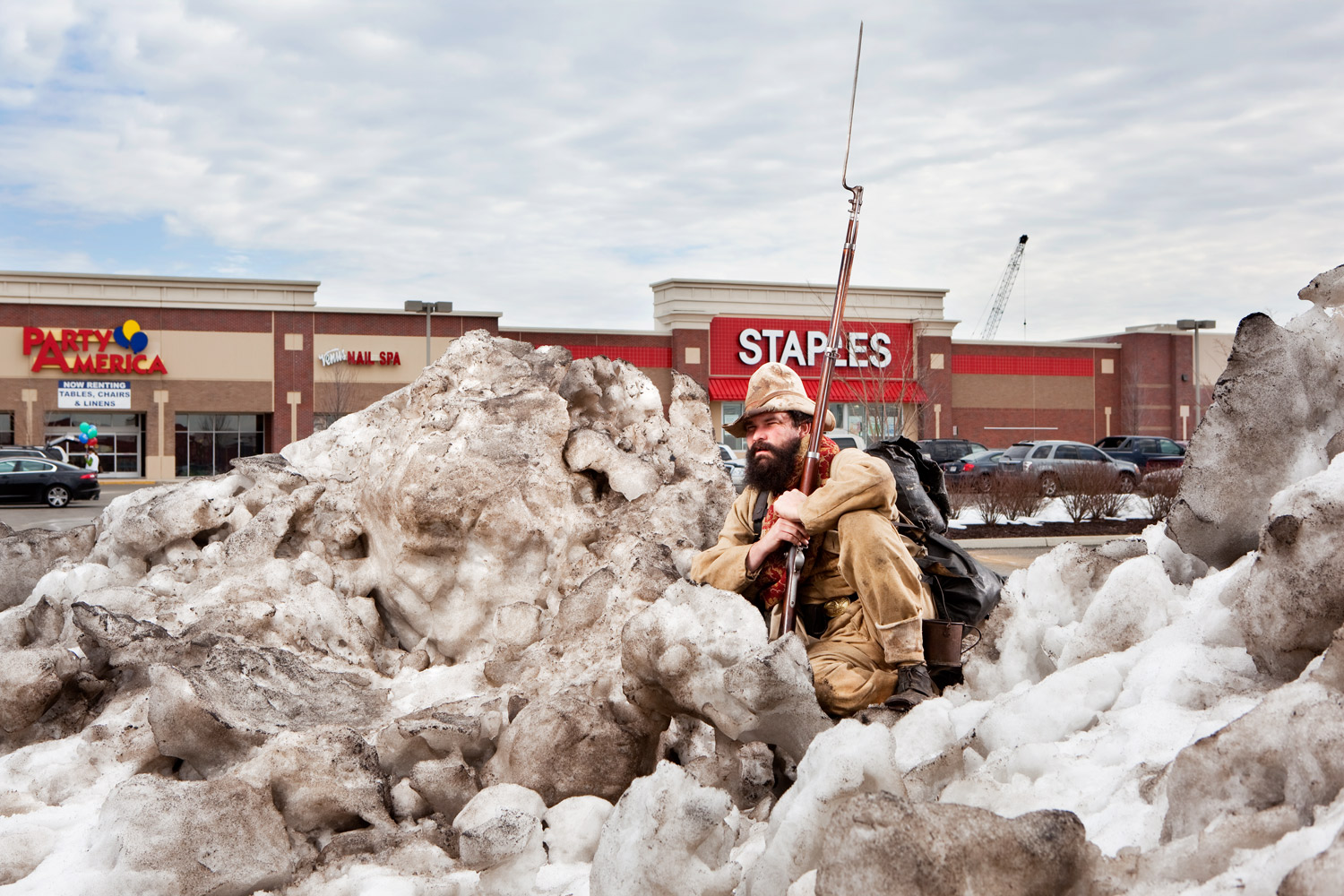
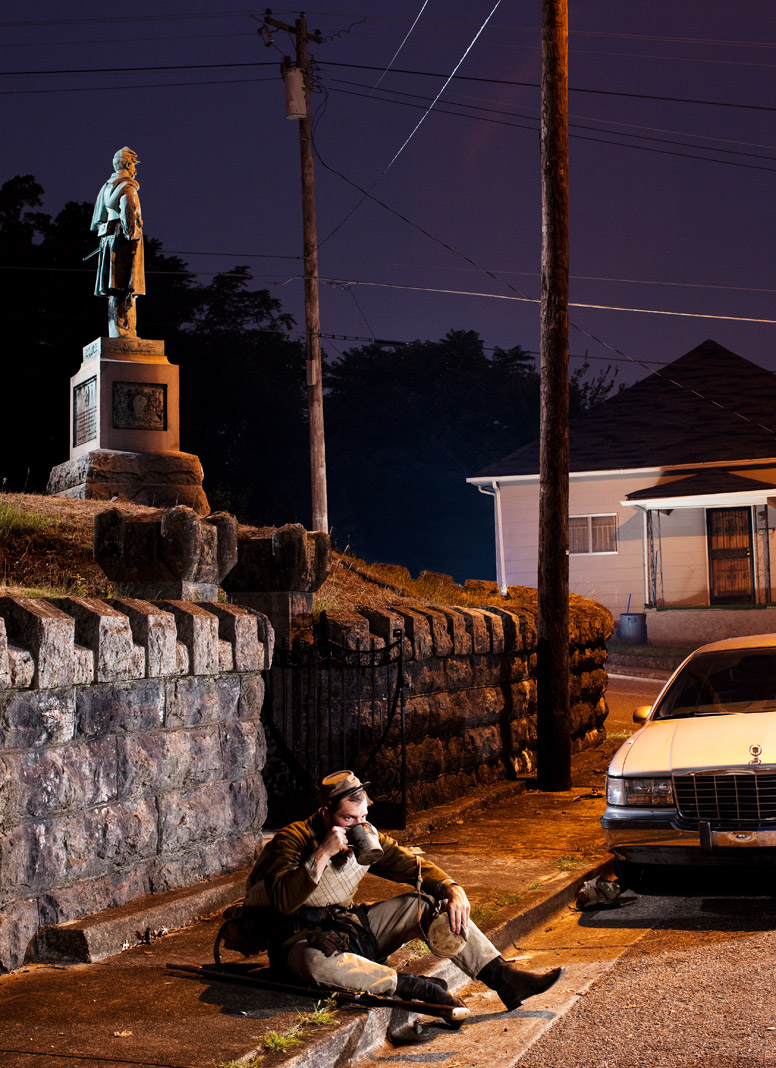
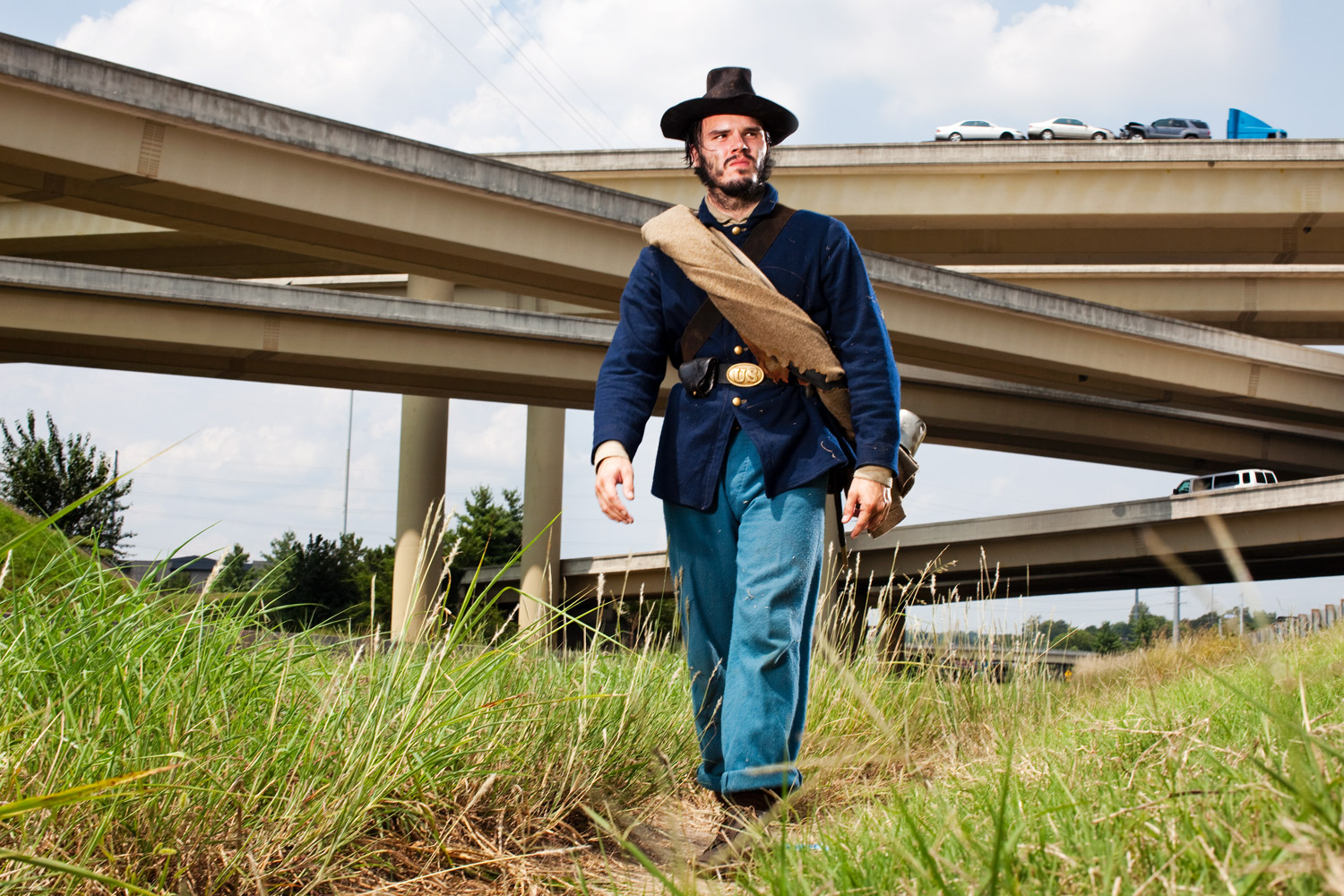
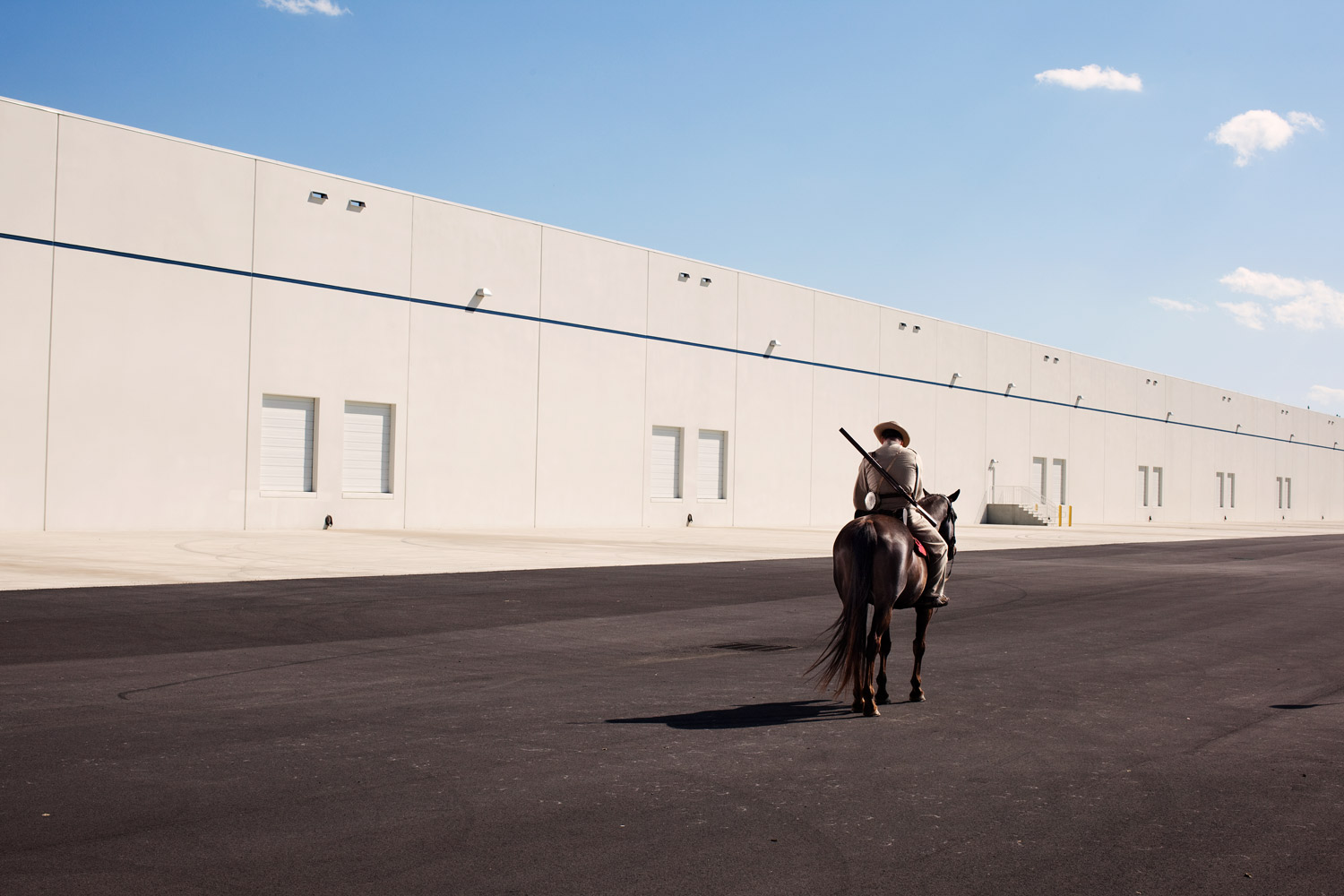
More Must-Reads from TIME
- Inside Elon Musk’s War on Washington
- Why Do More Young Adults Have Cancer?
- Colman Domingo Leads With Radical Love
- 11 New Books to Read in February
- How to Get Better at Doing Things Alone
- Cecily Strong on Goober the Clown
- Column: The Rise of America’s Broligarchy
- Introducing the 2025 Closers
Contact us at letters@time.com